
As a creator, my experience has been nothing but positive on FoodSocial. I have been a keto recipe creator since May of 2021 for FoodSocial and the support and opportunities I’ve received from the team has been EXCEPTIONAL! I am very happy to know that I was one of their top earning creators in 2022! Thank you for the opportunity for the extra exposure, and being a platform for written recipes for Keto Asian Flavours’ YouTube channel!
The platform hosts a variety of delicious recipes from gluten free to paleo, vegan, keto and more. No matter the dietary restrictions, there is always something for everyone. My YouTube subscribers appreciates the simplicity of the format after a detailed video tutorial. The recipes are to the point with one paragraph descriptions.
I look forward in being a creator for years to come. And hopefully one day, I can continue as both a creator and a brand.













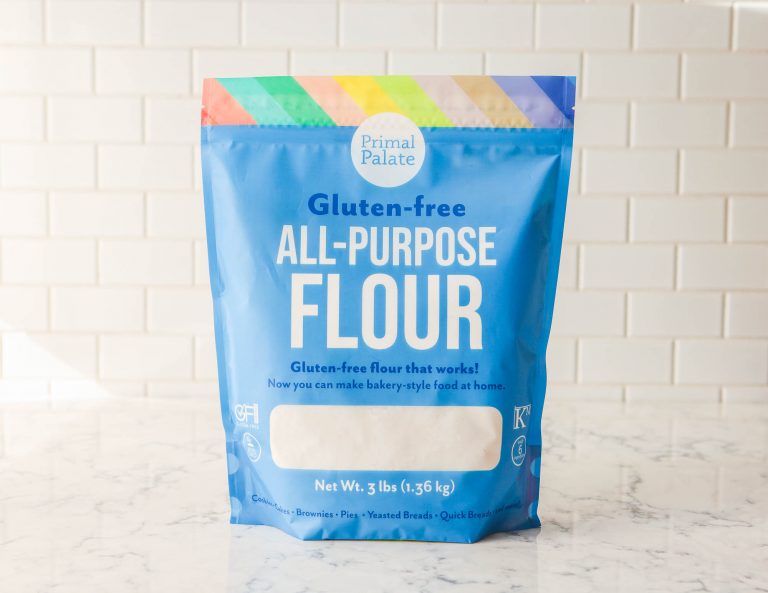
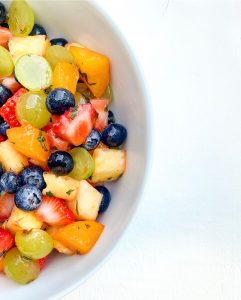
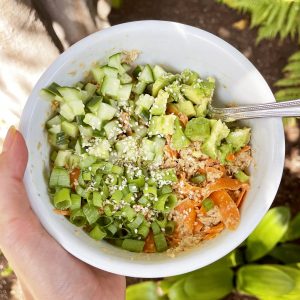



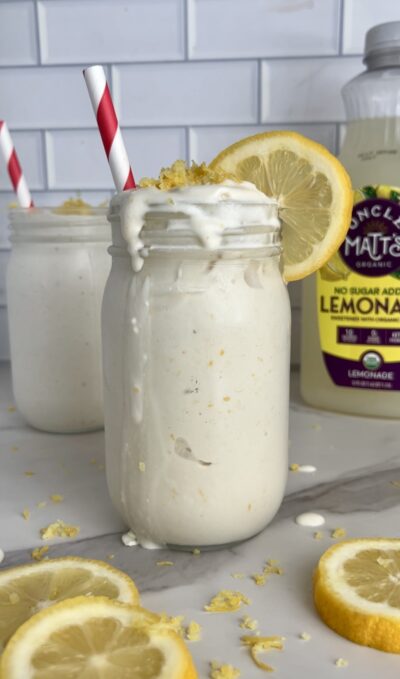



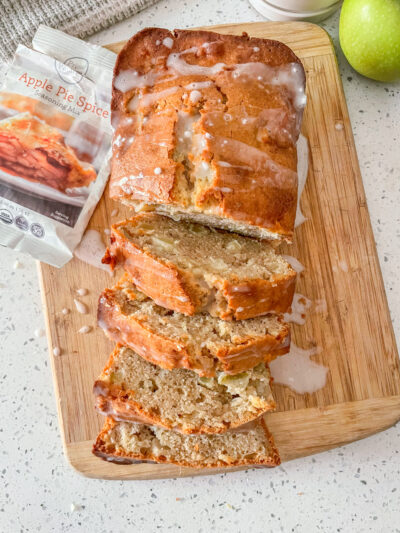
Leave a Reply
You must be logged in to post a comment.